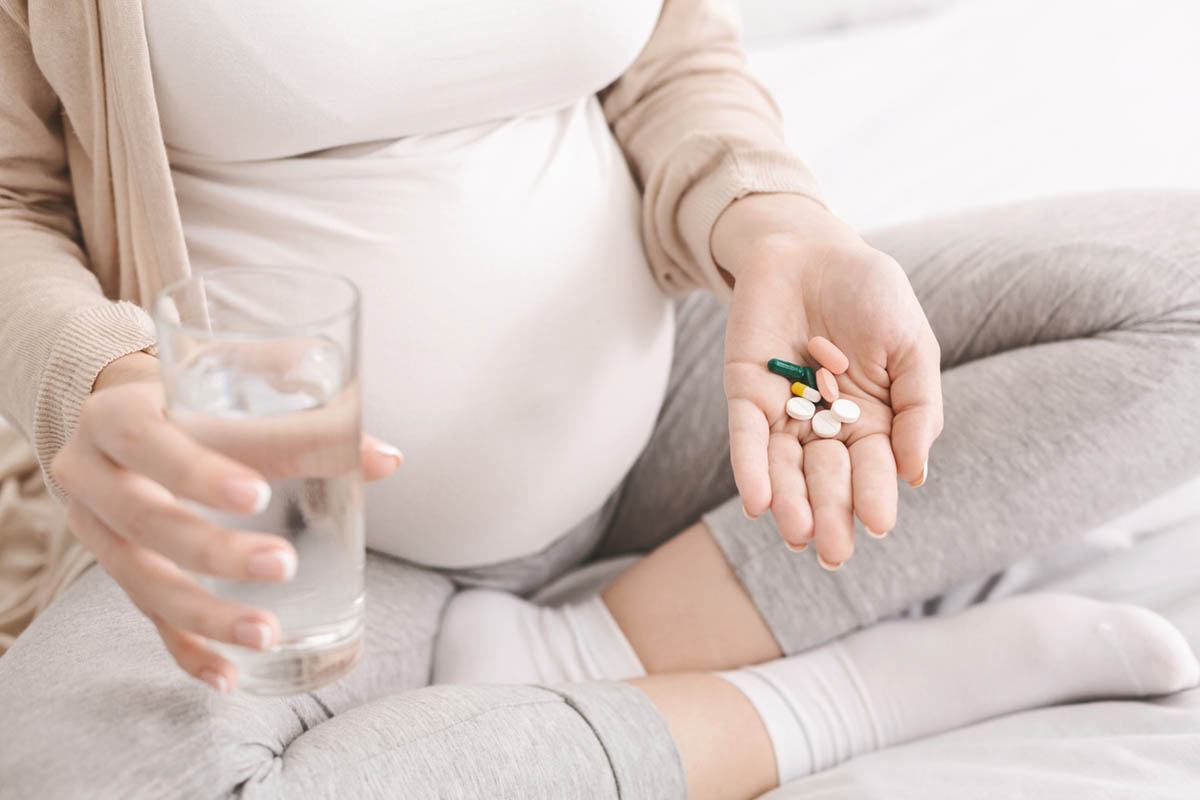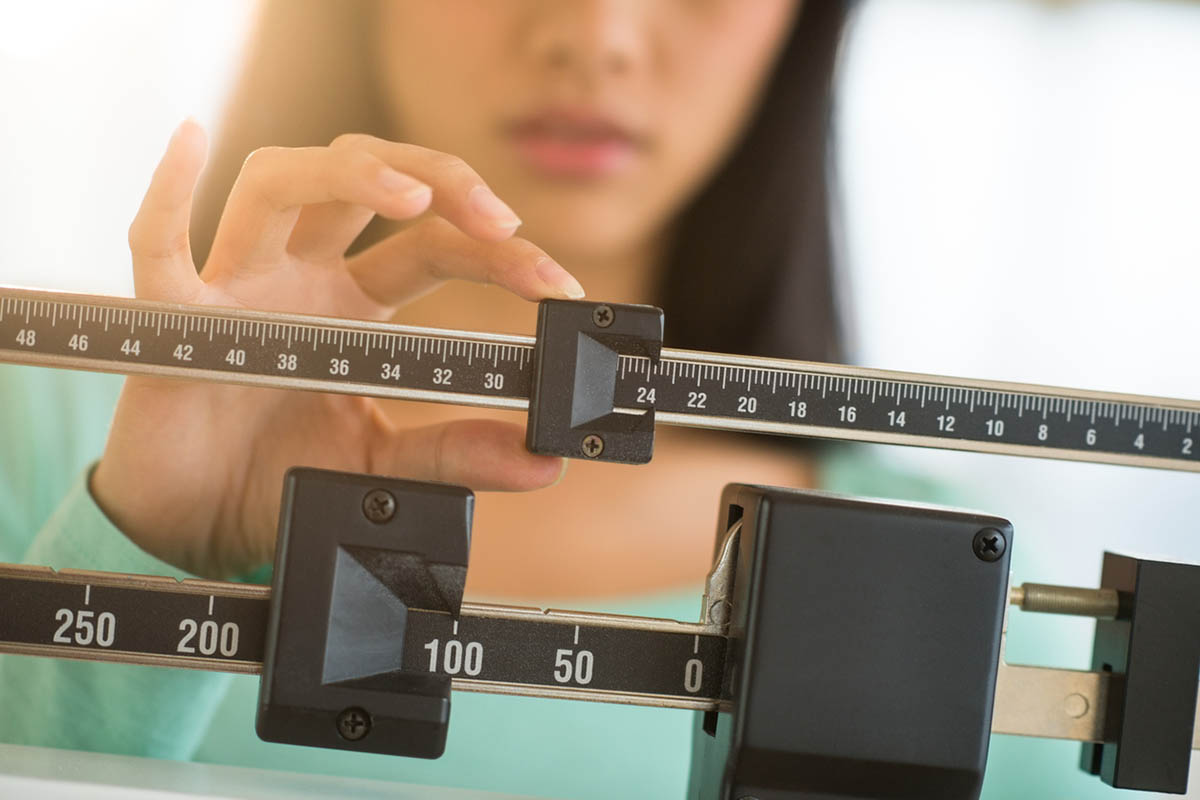Because this piece does not have an abstract, we have provided for your benefit the first 3 sentences of the full text.
In this issue, ×–zdemir and colleagues have shown that treatment of severe major depression can now be greatly improved by safe, simple, and readily available bright light treatment. Patients may benefit within a week. Moreover, the benefit persisted throughout 8 weeks of observation even after the bright light treatment was discontinued.
What seemed unique in this new study is the focus on hospitalized patients with severe non-seasonal unipolar depression and the treatment combination of bright light with the serotonin-norepinephrine reuptake inhibitor (SNRI) venlafaxine, contrasted with venlafaxine alone.
See article by ×–zdemir et al
This work may not be copied, distributed, displayed, published, reproduced, transmitted, modified, posted, sold, licensed, or used for commercial purposes. By downloading this file, you are agreeing to the publisher’s Terms & Conditions.

In this issue, ×–zdemir and colleagues1 have shown that treatment of severe major depression can now be greatly improved by safe, simple, and readily available bright light treatment. Patients may benefit within a week. Moreover, the benefit persisted throughout 8 weeks of observation even after the bright light treatment was discontinued.
What seemed unique in this new study is the focus on hospitalized patients with severe non-seasonal unipolar depression and the treatment combination of bright light with the serotonin-norepinephrine reuptake inhibitor (SNRI) venlafaxine, contrasted with venlafaxine alone. Also unusual is the well-constructed design with just 1 week of treatment followed by 7 more weeks of observed remission. When bright light was combined with venlafaxine, substantially faster amelioration of symptoms began in the first week, and the advantage of 1 week of bright light treatment persisted throughout 8 weeks. In the first week, the benefit of bright light added to venlafaxine was more than double the benefit of venlafaxine as indicated by Beck Depression Inventory (BDI) and Profile of Mood States (POMS) depression ratings, and almost double for the Hamilton depression rating Scale (HDRS) scores. Mean HDRS score was reduced from 29.9 at baseline to 5.7 at 8 weeks in the combination group, a most excellent response. No substantial adverse effects were observed attributable to bright light.
The cost of inpatient bright light treatment is almost negligible since light treatment devices may be reused many times, whereas the cost savings of faster remissions could be considerable. It is estimated that, worldwide, perhaps a million patients have tried bright light treatment (much of it unsupervised at home), so we have considerable experience with bright light’s safety.
For the good of our patients, there now seems to be an evidence base sufficient to immediately incorporate bright light combined with an antidepressant into our routine treatment of depression. As ×–zdemir and colleagues review, there have previously been a substantial number of clinical trials of bright light demonstrating efficacy—indeed, a larger number of successful trials than are usually available when antidepressant drugs are first marketed. Both non-seasonal major depression and seasonal (winter) depression receive benefit with or without combination with antidepressants, as does bipolar depression, but the preponderance of evidence has come from outpatients with winter depression.2,3 If bright light trials have tended to be relatively small and of short duration compared to antidepressant drug trials, that may be because bright light benefits are manifest more rapidly and sometimes have larger effect sizes, so that contrasts of hundreds of patients and controls followed for 8 to 16 weeks have not been needed to demonstrate efficacy.
Though I do not believe we need more studies before incorporating bright light into routine practice, as ×–zdemir et al emphasize, much could be gained from more exploration of bright light treatment in combination with antidepressants. Combinations of bright light treatment should be explored with a wider variety of antidepressants, with lithium, and with thyroid supplementation. Concealing expectations from patients in light treatment studies controlled by dummy treatments is practical. Masking treatments from the staff performing mood ratings is feasible, although neither form of blinding was attempted in this study. Well-blinded studies have previously demonstrated the efficacy of bright light treatments, but more blinded studies will be welcome. Studies with follow-up observations continuing for 6 months or even years would be desirable. I do not know why the authors thought there would be substantial ocular risk in extending treatment beyond 1 week. The combination of bright light and venlafaxine might produce even faster remission if continued for several weeks. For selected patients, many clinicians recommend daily use of bright light for months or years. Despite considerable vigilance for adverse effects, it is generally believed that bright light treatment is extremely safe (far safer than drugs or drug combinations). Documented instances of permanent eye damage of clinical importance seem almost unknown. Alert follow-up and monitoring remain advisable.
The timing and intensity of light treatment used in this study are consistent with the consensus of many experts. However, several senior investigators have recommended combining bright light treatment with acute advances of sleep timing and various patterns of wake therapy (sleep restriction).4,5 As yet, we do not have well-randomized contrasts that explore if this triple therapy is superior to bright light treatment alone. Many variations of light timing and triple therapy could be explored in comparison with standard bright light therapy to further optimize the benefits. Some have thought that lighting systems mounted on the head, eg, bright light visors, would be more convenient than sitting near a lighting box or fixture, despite early controlled tests that were disappointing. Head-mounted devices are being marketed, but I have not seen sufficient empirical evidence of their efficacy.
Some investigators have argued that blue light (eg, 450-500 nm) of lower perceived intensity would be less disturbing and as effective as bright white light. It is likely that the main therapeutic effects of bright light are mediated by intrinsically photosensitive retinal ganglion cells exciting the circadian clock in the suprachiasmatic nuclei. Since the main photopigment of these ganglion cells is melanopsin, a special photopigment most sensitive to blue 450-480 nm light, blue light was tested and found more efficient than white light in some circadian phase-shifting and melatonin suppression experiments. More recent data show that rods and retinal cones sensitive to other light wavelengths have some role.6 Small controlled trials of blue light-emitting diode light in patients with winter depression have been promising,7-9 and blue light may be subjectively less glaring than equipotent white light. Unfortunately, as we age, the ocular lens becomes yellow and masks an increasing portion of blue light so that any advantages of blue light might diminish in middle age. Also, it is believed that bright blue light, even within safety guidelines, has far more potential for retinal damage than equivalent white light.10 Much more clinical research with blue light is needed before it can be recommended for antidepressant use outside of clinical trials.
A high research priority is bright light treatment of depressed women during pregnancy and postpartum, when antidepressant drugs may be contraindicated because of potential risks to the child. Early studies are promising,11 but many additional trials are needed.
Thomas Insel, Director of the US National Institutes of Health, has decried a lack of progress in identifying new treatments providing better control of mental illnesses, of which major depression causes the most worldwide disability.12,13 The bright light study in this issue exemplifies a breakthrough in treating major depression. As Dr Insel has declared, future clinical trials should clarify the underlying neurobiology mediating the treatment response. Does bright light work through retinal melanopsin neurons that phase-shift or suppress melatonin? Is the effect mediated by the same neurotransmitters impacted by SNRI drugs, or is the bright light effect mediated through pars tuberalis synthesis of thyroid-stimulating hormone, causing increased T3 (triiodothyronine) in the hypothalamus, as suggested by contemporary research about photoperiodism?14 These are some questions for a new mechanism-based series of clinical trials.
Author affiliations: Department of Psychiatry, University of California, San Diego, and Research, Scripps Clinic Viterbi Family Sleep Center, San Diego.
Potential conflicts of interest: None reported.
Funding/support: None reported.
REFERENCES
1. ×–zdemir PG, Boysan M, Smolensky MH, et al. Comparison of venlafaxine alone versus venlafaxine plus bright light therapy combination for severe major depressive disorder. J Clin Psychiatry. 2015;76(5):e645-e654.
2. Lam RW, Tam EM. A Clinican’s Guide to Using Light Therapy. New York, NY: Cambridge University Press; 2009.
3. Terman M, Terman JS. Light therapy for seasonal and nonseasonal depression: efficacy, protocol, safety, and side effects. CNS Spectr. 2005;10(8):647-663, quiz 672. PubMed
4. Wirz-Justice A, Benedetti F, Terman M. Chronotherapeutics for Affective Disorders: A Clinician’s Manual for Light and Wake Therapy. 2nd ed. Basel, Switzerland: Karger; 2013.
5. Wu JC, Kelsoe JR, Schachat C, et al. Rapid and sustained antidepressant response with sleep deprivation and chronotherapy in bipolar disorder. Biol Psychiatry. 2009;66(3):298-301. PubMed doi:10.1016/j.biopsych.2009.02.018
6. Lucas RJ, Peirson SN, Berson DM, et al. Measuring and using light in the melanopsin age. Trends Neurosci. 2014;37(1):1-9. PubMed doi:10.1016/j.tins.2013.10.004
7. Glickman G, Byrne B, Pineda C, et al. Light therapy for seasonal affective disorder with blue narrow-band light-emitting diodes (LEDs). Biol Psychiatry. 2006;59(6):502-507. PubMed doi:10.1016/j.biopsych.2005.07.006
8. Strong RE, Marchant BK, Reimherr FW, et al. Narrow-band blue-light treatment of seasonal affective disorder in adults and the influence of additional nonseasonal symptoms. Depress Anxiety. 2009;26(3):273-278. PubMed doi:10.1002/da.20538
9. Meesters Y, Dekker V, Schlangen LJ, et al. Low-intensity blue-enriched white light (750 lux) and standard bright light (10,000 lux) are equally effective in treating SAD: a randomized controlled study. BMC Psychiatry. 2011;11(1):17. PubMed doi:10.1186/1471-244X-11-17
10. Gagné AM, Lévesque F, Gagné P, et al. Impact of blue vs red light on retinal response of patients with seasonal affective disorder and healthy controls. Prog Neuropsychopharmacol Biol Psychiatry. 2011;35(1):227-231. PubMed doi:10.1016/j.pnpbp.2010.11.009
11. Wirz-Justice A, Bader A, Frisch U, et al. A randomized, double-blind, placebo-controlled study of light therapy for antepartum depression. J Clin Psychiatry. 2011;72(7):986-993. PubMed doi:10.4088/JCP.10m06188blu
12. Insel TR, Landis SC. Twenty-five years of progress: the view from NIMH and NINDS. Neuron. 2013;80(3):561-567. PubMed doi:10.1016/j.neuron.2013.09.041
13. Insel TR, Gogtay N. National Institute of Mental Health clinical trials: new opportunities, new expectations. JAMA Psychiatry. 2014;71(7):745-746. PubMed doi:10.1001/jamapsychiatry.2014.426
14. Dardente H, Hazlerigg DG, Ebling FJ. Thyroid hormone and seasonal rhythmicity. Front Endocrinol (Lausanne). 2014;5:19. PubMed
Submitted: November 10, 2014; accepted November 14, 2014.
Corresponding author: Daniel F. Kripke, MD, 8437 Sugarman Drive, La Jolla, CA 92037 ([email protected]).
J Clin Psychiatry 2015;76(5):e660-e661 (doi:10.4088/JCP.14com09644).
© Copyright 2015 Physicians Postgraduate Press, Inc.
This PDF is free for all visitors!





